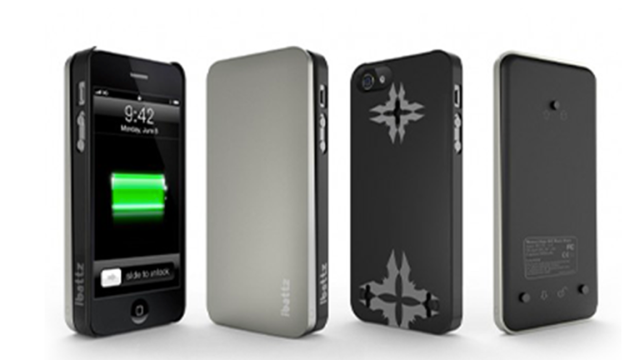Our gadgets sure have it rough. Between change-filled pockets, waist-high falls onto concrete, and dunks in the toilet bowl, gadget surfaces need to be tougher and more resilient than ever. To develop the next generation of durable surfaces, materials scientists rely on specialised torture testing equipment like the Bruker Universal Mechanical Tester to put prototype samples through their paces.
Known as Tribology, this scientific branch studies the effects of surface interactions between a material and its surrounding environment. Basically, they examine how, exactly, materials wear. Their goal is to minimise that wear — be it through abrasion, friction, erosion, or corrosion — by either modifying the surface’s finish or coating it in lubricants.
While tribology was originally developed to aid in the design of high speed bearings, this science is now used in a multitude of industries — from automotive applications to medical devices to cosmetics, just so as long as it involves one material sliding past another. In fact, economists have estimated that wear and tear on equipment costs American industries as much as two per cent of the total GDP annually, so making sure that tools last longer is a big business.
To ensure that newly developed materials are up to snuff, they are subjected to rigorous testing in gruelling conditions. The Bruker UMT-3, for example, is designed to perform a comprehensive suite of tests on a variety of materials. The UMT-3 stretches, scratches, wears, dents and strains metals and ceramics at forces of 2000N, linear speeds up to 30m/s and angular speeds up to 7000RPM under a myriad of atmospheric conditions, pressures and temperatures topping 1000C. And while the UMT-3 is beating the heck out of these samples, the system is simultaneously recording optical, audible, electrical, and mechanical test data to provide an accurate assessment of precisely how these materials react to common stresses and impacts. What’s more, the system can test both static and dynamic lubricants using computer-controlled pumps.
“The universal nature of the redesigned UMT tool allows the user to change the configuration in minutes, moving between different reciprocating or rotary friction and wear test setups, or even into scratch and indent test modes for material characterization,” said Mark McMaster, PhD, Executive Vice President of Operations of the Bruker Nano Surfaces Division and General Manager of the Tribology and Mechanical Testing Business.
So the next time you accidentally dropkick your fancy new phone along a gravel driveway, remember, that aluminium backing has already seen much, much worse. [R&D Mag – Bruker 1, 2 – Wikipedia]
